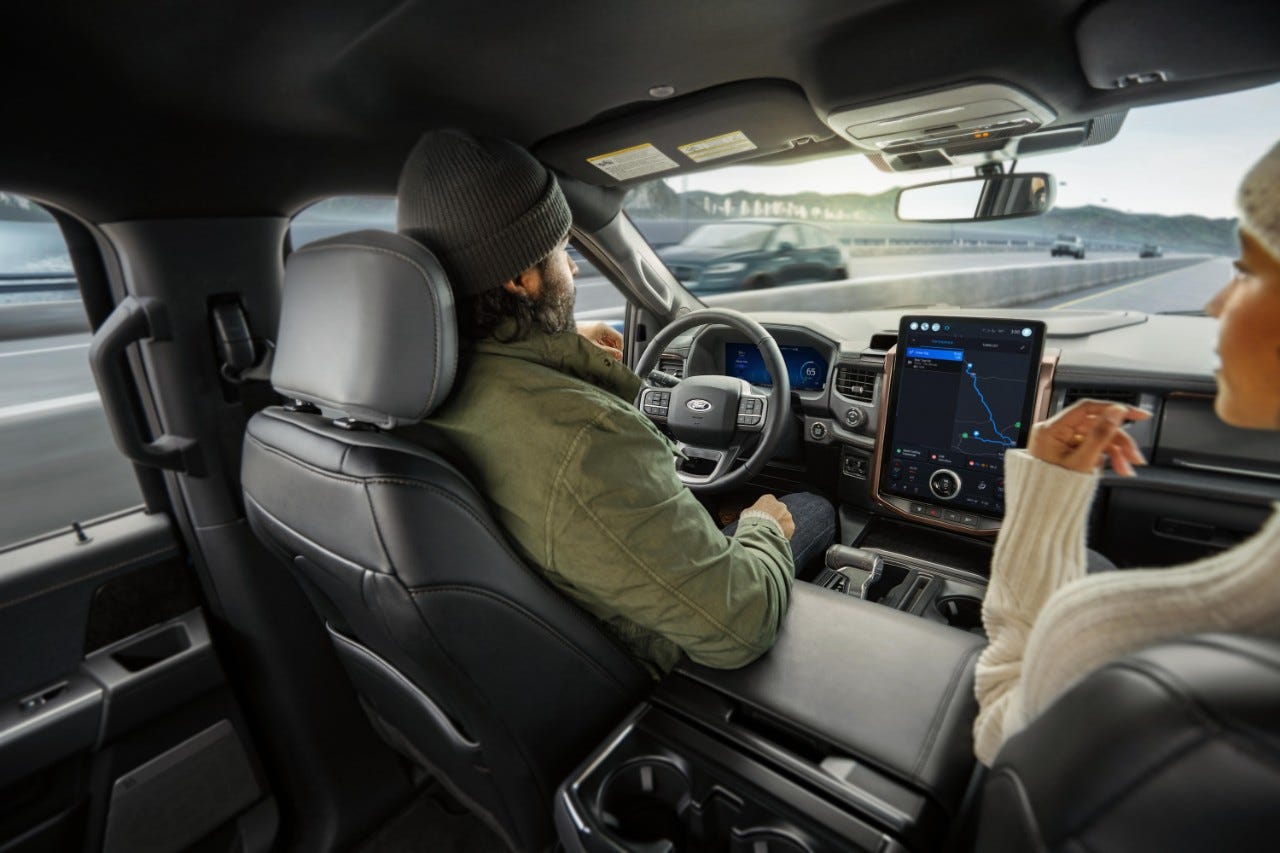Ford's hands-free driver system is under investigation after fatal crashes - what to know


Autonomous driving software certainly has its fair share of supporters, thanks to the promised convenience of a car driving itself. Once again, however, the technology has been called into question after two fatal crashes.
The National Highway Traffic Safety Administration's Office of Defects Investigation (ODI) has opened an investigation into Ford's hands-free driving assistance platform BlueCruise after people died in two separate crashes. The ODI says Ford's software was activated at the time of both crashes, calling into question whether BlueCruise can be counted on to safely drive Ford vehicles under certain conditions.
Also: Tesla cuts its 'full self-driving' subscription in half, also cuts one time price
"ODI has opened this Preliminary Evaluation to investigate the Ford BlueCruise system equipped on the subject vehicles," the department said in a notice on its website on Monday. "This investigation will evaluate the system's performance of the dynamic driving task and driver monitoring."
Ford's BlueCruise technology is available in several Ford car models, including the Mustang Mach-E, F-150, Explorer, and Expedition. The technology allows for hands-free driving on controlled-access highways across the US and Canada, but cannot be activated on other roads.
While drivers don't need to keep their hands on the wheel during operation, BlueCruise-equipped vehicles come with a driver-facing camera that alerts drivers whenever the camera notices they're not paying attention. It's capable of keeping cars in-lane, as well as switching lanes, and can adapt its speed based on road conditions. In 2023, Ford touted that BlueCruise was ranked first in Consumer Reports' analysis of best driving assistance systems.
The two recent crashes were notable in their similarities. The first happened in February in Texas and the second in Pennsylvania in April. Both occurred in Ford Mustang Mach-E vehicles that hit stationary vehicles that had been "located within the travel lanes" of the highways, the ODI said. Both crashes also occurred at night.
Also: For the first time, Waymo self-driving cars are delivering Uber Eats orders
While the ODI stopped short of saying that Ford's software, which launched on 2021 model year vehicles, caused the crashes, the agency said that its investigation will determine if that was the case.
The ODI's Ford investigation comes just days after the department closed a multiyear investigation into Tesla's Autopilot after that automaker's software was involved in crashes. The ODI said its investigation revealed user knowledge of how Autopilot works didn't match the software's actual functionality.
"This mismatch resulted in a critical safety gap between drivers' expectations of [Autopilot's] operating capabilities and the system's true capabilities," the agency wrote. "This gap led to foreseeable misuse and avoidable crashes."
Also: Connected cars, powered by AI, will make up 95% of all vehicles on the road by 2030
While the ODI closed that investigation, the agency also said on Friday that it was opening another investigation into Tesla to determine if a software fix for Autopilot released in December 2023 can address safety concerns.
The ODI didn't say how long its investigation into Ford would last, but since this is a preliminary evaluation, it's possible it could take months. For its part, Ford said that it's "working with NHTSA to support its investigation."